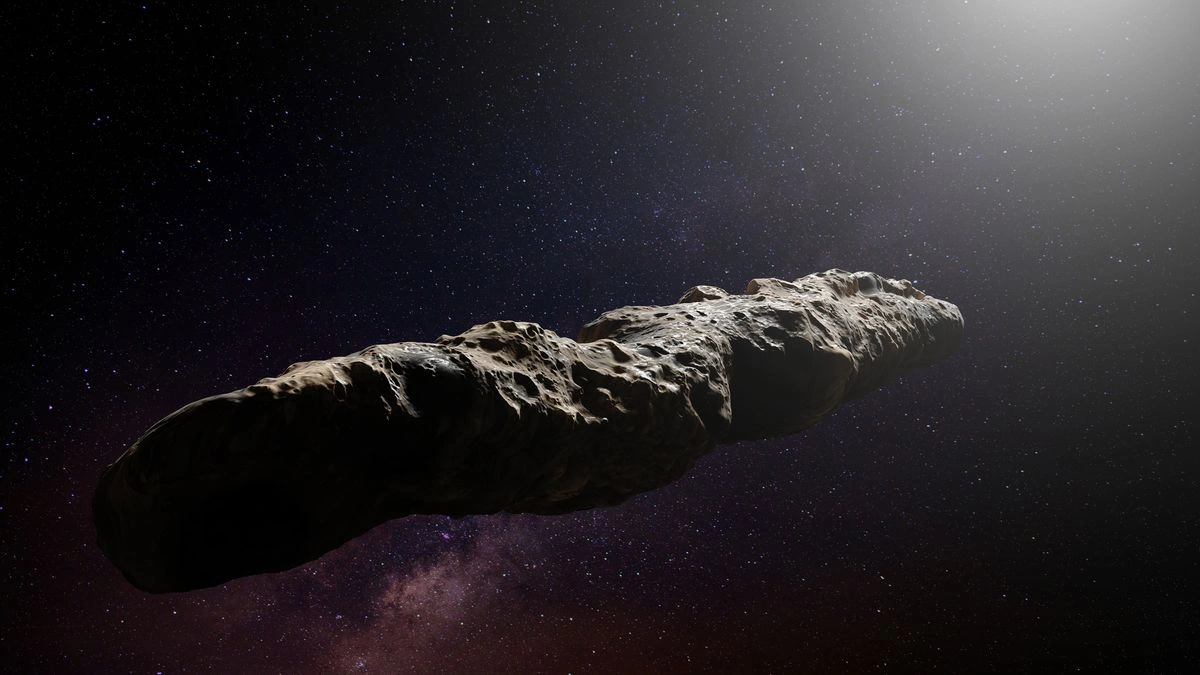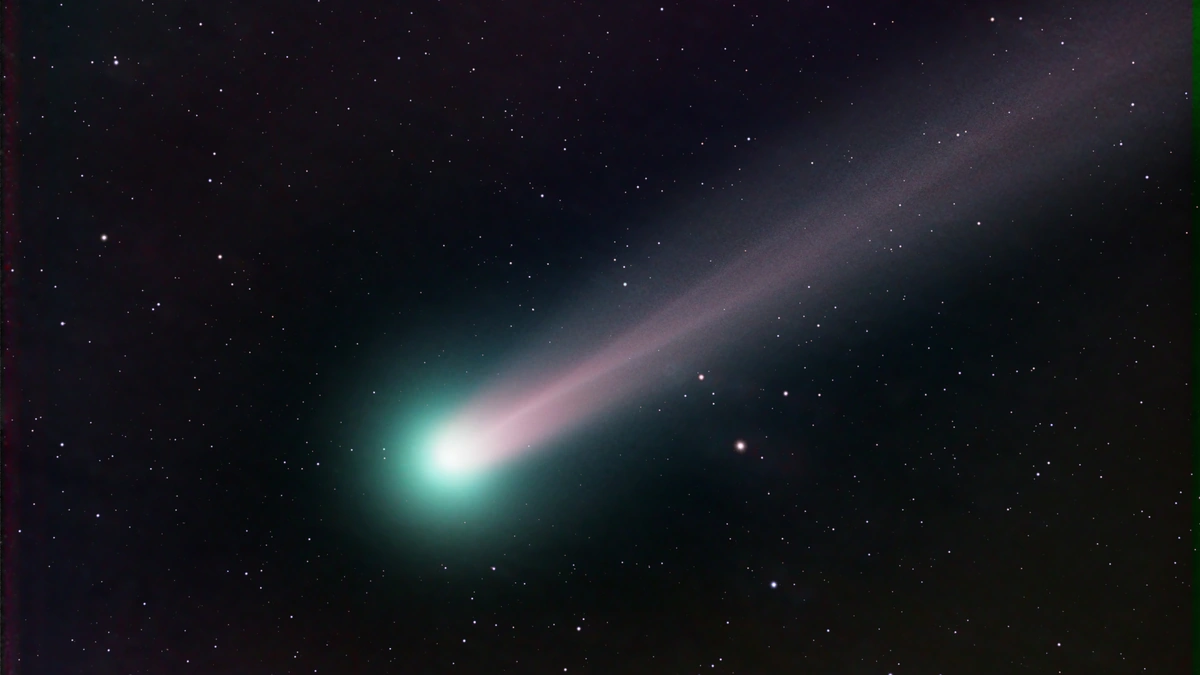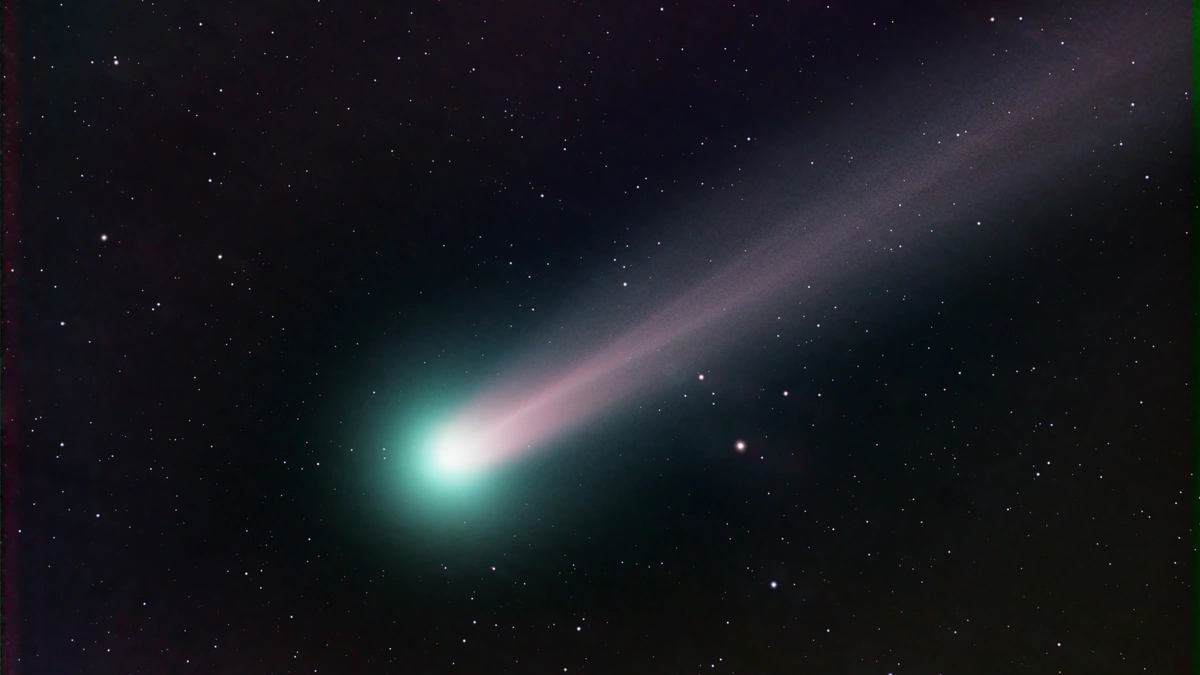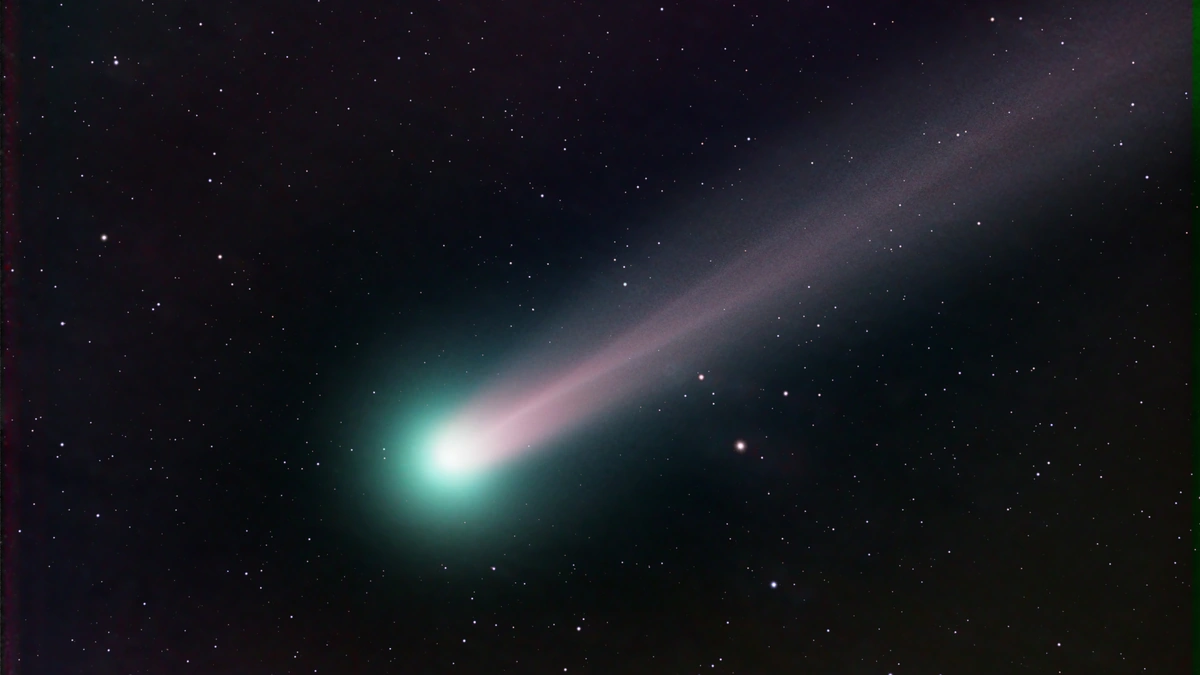3I/ATLAS | A 10-Billion-Year-Old Relic From the Early Universe?
Okay, folks, buckle up! We’re about to dive headfirst into something truly mind-boggling. Forget your everyday asteroids and comets – we’re talking about 3I/ATLAS, an interstellar object that might just be a 10-billion-year-old time capsule from the early universe. I know, it sounds like something straight out of a sci-fi movie, but trust me, the reality is even cooler. And that’s why I wanted to write about this.
What Makes 3I/ATLAS So Special?
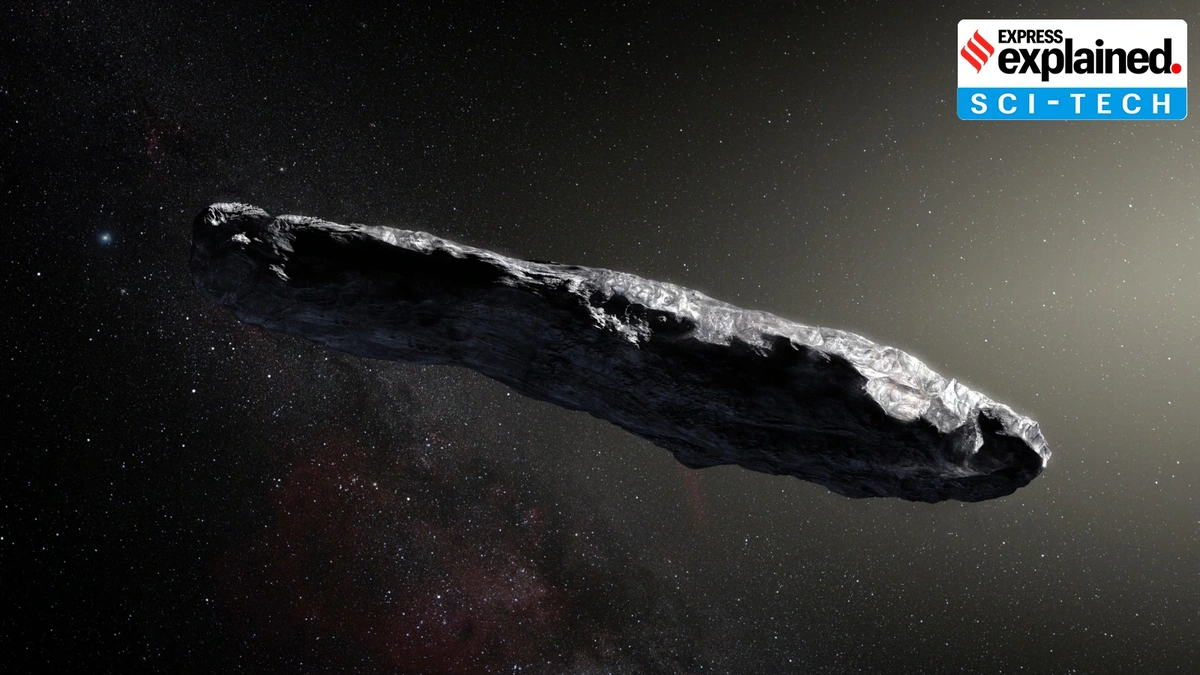
Here’s the thing: most of the space rocks we see zipping around our solar system were born right here, from the same cloud of dust and gas that formed our Sun and planets. But 3I/ATLAS? It’s an outsider. It didn’t form here. It came from somewhere else, some other star system far, far away. This makes it a unique interstellar visitor .
But, what fascinates me is this: According to recent studies, its composition suggests it could have formed around a star that died a long, long time ago billions of years ago, back when the universe was just getting started. Think about that for a second. We’re talking about a relic from the cosmic dawn, a piece of history traveling across the vast emptiness of space to say hello (or, well, fly past) us. So, why does all of this matter? What’s the big deal?
Well, the composition and characteristics of 3I/ATLAS (and other interstellar objects) can provide invaluable clues about the conditions of planet formation in other star systems. Understanding these early building blocks helps us piece together the puzzle of how planetary systems, like our own, come into existence. It allows astronomers to test theories of planet formation and explore the diversity of exoplanetary environments. That’s kind of important if you’re interested in knowing if we’re alone in this big Universe.
A Deep Dive into its Ancient Origins
Let me rephrase that for clarity. Imagine archaeologists unearthing a perfectly preserved artifact from an ancient civilization. That artifact could tell them everything about that civilization. 3I/ATLAS is like that, but on a cosmic scale. It’s a window into the past. It has traveled vast interstellar distances.
Researchers analyze the object’s spectral signature, which reveals its chemical composition. By examining the way it reflects and absorbs light, they can identify the elements and molecules present. The orbit of 3I/ATLAS is also crucial for determining its origin. Astronomers meticulously track its trajectory to trace its path through the galaxy and pinpoint its potential birthplace. Studying interstellar objects is really hard work.
The 10-Billion-Year Journey
The immense age of this object, potentially 10 billion years, hints at a formation time very early in the universe’s history. Such an age allows scientists to investigate the conditions prevalent during that epoch, as well as providing vital details on what the early building blocks of planets could have been made of.
Okay, let’s be honest – 10 billion years is a long, long time. If it could talk, can you imagine the stories it would tell? But even without words, its very existence tells a story of resilience and endurance, it has survived unimaginable conditions and immense stretches of time.
Why Should We Care?
So, why should we even bother about some space rock zipping through our solar system? What does this have to do with us, sitting here in India? Here’s why: it changes the way we think about our place in the cosmos. It reminds us that we’re not alone, that there are other worlds out there, and that the universe is far more dynamic and interconnected than we ever imagined. Understanding interstellar travel and its origin allows for better preparation.
Plus, studying these objects helps us protect our own planet. By learning more about the composition and trajectory of interstellar visitors, we can better assess the risk of potential impacts and develop strategies to mitigate them. It is important that researchers understand how the interstellar medium impacts the trajectory of the object. This helps to better plan research objectives.
Think of it like this: if we know what’s out there, we can be better prepared for whatever the universe throws at us. The more we explore interstellar space the better our chances of predicting the next threat.
But, 3I/ATLAS represents a fantastic chance to study material from outside our solar system, offering insights into the diverse conditions where planets can form. What’s fascinating is that the potential of interstellar exploration opens new avenues for research and provides new discoveries.
Unlocking the Secrets of Planet Formation
The composition of 3I/ATLAS, analyzed through spectroscopic observations, reveals the elements and molecules it contains. These details are crucial because they can give information on where the item originated from and what sort of environment it encountered. The study of interstellar dust becomes even more important when analyzing such an object.
By studying the characteristics of these interstellar wanderers, we gain insights into the formation processes of planets and the conditions in other stellar systems. This knowledge challenges and refines our models of planetary formation and highlights the universality of physical laws governing the universe. According to the latest research by the National Aeronautics and Space Administration (NASA), 3I/ATLAS has left scientists shocked at its longevity.
FAQ | Interstellar Object 3I/ATLAS
What exactly is an interstellar object?
It’s a space rock that originated outside of our solar system.
How do scientists know it’s from another star system?
Its trajectory and speed indicate it didn’t originate here.
What can we learn from studying 3I/ATLAS?
It offers clues about planet formation in other star systems.
Could 3I/ATLAS pose a threat to Earth?
Probably not. Its trajectory is well-defined, and it’s not predicted to hit us.
Where can I find more information about interstellar objects?
Check out Wikipedia for a good overview, and follow space agencies like NASA and ESA for the latest news.
What are the potential implications of studying interstellar objects for future space exploration?
Studying these objects can help us identify potentially valuable resources or hazards in other star systems, guiding future space missions and informing our exploration strategies.
So, there you have it. 3I/ATLAS: a 10-billion-year-old message in a bottle from the early universe. It reminds us that the cosmos is full of surprises, and that there’s always something new to discover. As per the guidelines mentioned on the official European Space Agency (ESA) website, understanding these interstellar objects helps us better grasp the big picture of the cosmos.
And that, my friends, is why I find this stuff so incredibly cool. It’s not just about rocks in space; it’s about understanding our origins, our place in the universe, and the endless possibilities that lie beyond. But, one thing you absolutely must remember is that space exploration is a crucial science.
Now if you’ll excuse me, I’m going to go stare at the night sky and wonder what other ancient relics are out there, waiting to be found. If you want to know more about radioactive moons, then check out this article .
